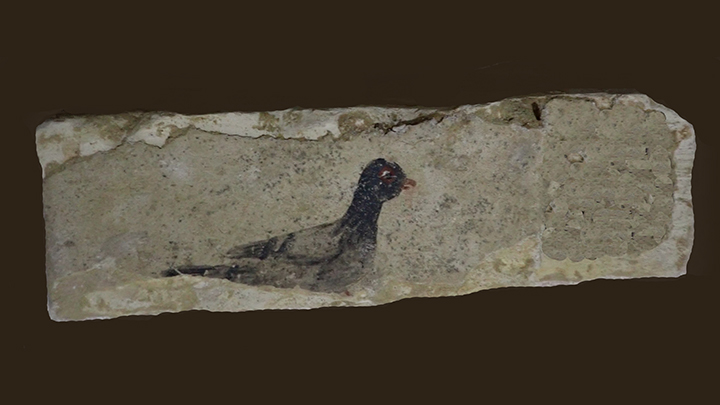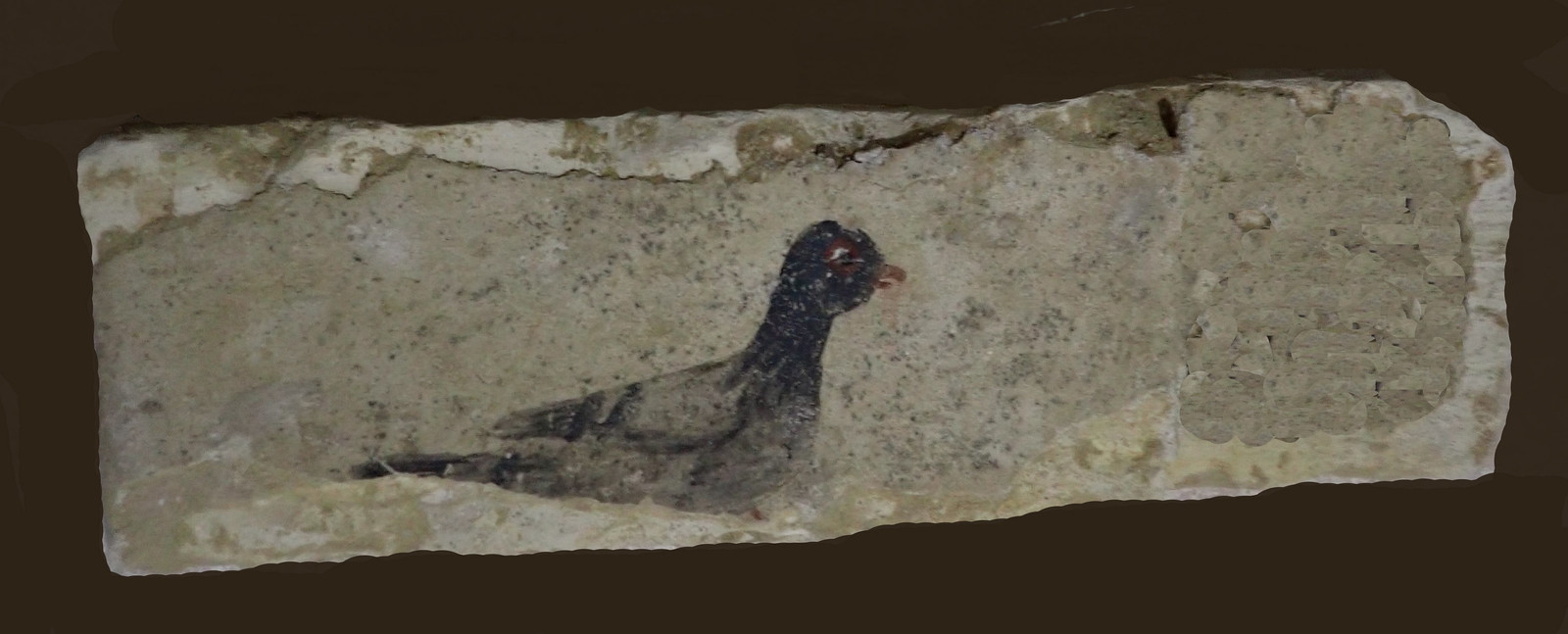Presentation of the latest discoveries of the Oxyrhynchus Archaeological Mission
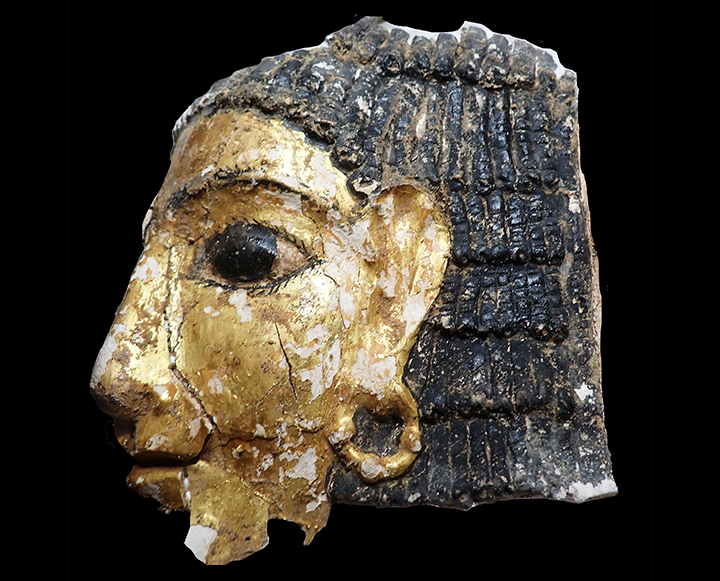
News
|
Research
(06/02/2024)
The University of Barcelona will host, on 12, 19 and 26 February at 7.00 p.m., in the Joan Maragall room of the Historic Building (Arts Courtyard, ground floor), the presentation of the results of the latest excavation campaign of the Oxyrhynchus Archaeological Mission. This campaign took place between 7 November and 7 December 2023, and was devoted to excavations in sectors 22, 40 and 41 of the Upper Necropolis of Oxyrhynchus (El-Bahnasa, Egypt).

News
|
Research
06/02/2024
The University of Barcelona will host, on 12, 19 and 26 February at 7.00 p.m., in the Joan Maragall room of the Historic Building (Arts Courtyard, ground floor), the presentation of the results of the latest excavation campaign of the Oxyrhynchus Archaeological Mission. This campaign took place between 7 November and 7 December 2023, and was devoted to excavations in sectors 22, 40 and 41 of the Upper Necropolis of Oxyrhynchus (El-Bahnasa, Egypt).
On Monday, 12 February, the directors of the campaign, Maite Mascort, PhD in Archaeology from the UB, and Esther Pons, curator of the Department of Egyptian and Near Eastern Antiquities of the National Archaeological Museum — both members of the Institute of Ancient Near East (IPOA) of the UB —, will talk about sectors 40 and 41 of the necropolis of Oxyrhynchus, in a session that can be followed online. These two sectors belong to a new area of archaeological work located in the north of the Upper Necropolis, and a new type of burial was discovered: hypogeum excavated in the natural rock layer.
In hypogeum 4 (sector 40) they accessed through a shaft 3.37 metres deep, which had a stone rim and was covered with sand, small stones and blocks. At a depth of 1.78 m they found a stone door with a lintel and jambs closed with adobe bricks on the east side. Near the shaft there was a cut in the pavement, covered with sand, small stones and blocks. Five anthropomorphic stone sarcophagi were located inside this cut-out: three were open and empty, but the other two were completely closed. Two mummified individuals, a male and a female, were found inside, covered with polychrome cartonnage (fig. 5). Twenty-three mummified individuals were also found on the outside of the sarcophagi and some polychrome terracotta figures representing the goddess Isis-Aphrodite (fig. 6).
Hypogeum 5 (sector 41) also had a stone kerb to protect the access shaft, which was 3.10 m deep and covered with sand, small stones and blocks. A stone doorway with lintel and jambs, closed with mud bricks, was found at a depth of 2.15 m, also on the east side. Near the well there was also a cut in the pavement, covered with sand, small stones, blocks, amphorae, a large stone vase and limestone blocks, many with painted decoration in blue, red, white, black and yellow. Some of these blocks were decorated to imitate the veins of marble, others had floral decoration, some had columns with vine decoration (fig. 7), and others had animal figures: hares, pigeons (fig. 8) and ureos (fig. 9). Four anthropomorphic stone sarcophagi were found here, one of them with two mummified individuals (fig. 10). They also found many funerary ointment-votives made of clay (fig. 11).
Mascort and Pons explain that "the archaeological work on this hypogeum is not finished, and we are sure that there will be one or two more sarcophagi".
Next Monday, 19 February, Núria Castellano will give a session on Roman tomb no. 12, located in sector 22 of the Upper Necropolis. In this tomb — the excavation of which began in 2020 — several mummified individuals were found, two of them with fine gold tongues in their mouths (fig. 1-2), a ritual of protection of the deceased that is well documented in the Roman necropolis of Oxirrinco. A total of sixteen of these tongues were found during many campaigns. Other bodies had magical papyrus on their chests, protected by a slime seal decorated with Egyptian motifs (fig. 3). Several of these mummies were covered with polychrome cartonnage, and one had a gilded mask (fig. 4).
During the same day, in an online session, José Javier Martínez will present the results of all these archaeological surveys. And finally, on 26 February Bibiana Agustí will summarize the results of the anthropological work of 2023, and Bernat Burgaya and Delia Eguiluz will present the restoration work of the November and December 2023 campaign, in which archaeological prospection work was also carried out to delimit new sectors and gain a deeper understanding of the urban fabric of the necropolis, as well as topography, photogrammetry and aerial photography.
The research carried out during this archaeological campaign was made possible thanks to the IPOA, the Palarq Foundation, the Catalan Society of Egyptology and Baula Archaeological Research, with the collaboration of the Supreme Council of Antiquities and the University of Cairo.
In hypogeum 4 (sector 40) they accessed through a shaft 3.37 metres deep, which had a stone rim and was covered with sand, small stones and blocks. At a depth of 1.78 m they found a stone door with a lintel and jambs closed with adobe bricks on the east side. Near the shaft there was a cut in the pavement, covered with sand, small stones and blocks. Five anthropomorphic stone sarcophagi were located inside this cut-out: three were open and empty, but the other two were completely closed. Two mummified individuals, a male and a female, were found inside, covered with polychrome cartonnage (fig. 5). Twenty-three mummified individuals were also found on the outside of the sarcophagi and some polychrome terracotta figures representing the goddess Isis-Aphrodite (fig. 6).
Hypogeum 5 (sector 41) also had a stone kerb to protect the access shaft, which was 3.10 m deep and covered with sand, small stones and blocks. A stone doorway with lintel and jambs, closed with mud bricks, was found at a depth of 2.15 m, also on the east side. Near the well there was also a cut in the pavement, covered with sand, small stones, blocks, amphorae, a large stone vase and limestone blocks, many with painted decoration in blue, red, white, black and yellow. Some of these blocks were decorated to imitate the veins of marble, others had floral decoration, some had columns with vine decoration (fig. 7), and others had animal figures: hares, pigeons (fig. 8) and ureos (fig. 9). Four anthropomorphic stone sarcophagi were found here, one of them with two mummified individuals (fig. 10). They also found many funerary ointment-votives made of clay (fig. 11).
Mascort and Pons explain that "the archaeological work on this hypogeum is not finished, and we are sure that there will be one or two more sarcophagi".
Next Monday, 19 February, Núria Castellano will give a session on Roman tomb no. 12, located in sector 22 of the Upper Necropolis. In this tomb — the excavation of which began in 2020 — several mummified individuals were found, two of them with fine gold tongues in their mouths (fig. 1-2), a ritual of protection of the deceased that is well documented in the Roman necropolis of Oxirrinco. A total of sixteen of these tongues were found during many campaigns. Other bodies had magical papyrus on their chests, protected by a slime seal decorated with Egyptian motifs (fig. 3). Several of these mummies were covered with polychrome cartonnage, and one had a gilded mask (fig. 4).
During the same day, in an online session, José Javier Martínez will present the results of all these archaeological surveys. And finally, on 26 February Bibiana Agustí will summarize the results of the anthropological work of 2023, and Bernat Burgaya and Delia Eguiluz will present the restoration work of the November and December 2023 campaign, in which archaeological prospection work was also carried out to delimit new sectors and gain a deeper understanding of the urban fabric of the necropolis, as well as topography, photogrammetry and aerial photography.
The research carried out during this archaeological campaign was made possible thanks to the IPOA, the Palarq Foundation, the Catalan Society of Egyptology and Baula Archaeological Research, with the collaboration of the Supreme Council of Antiquities and the University of Cairo.
Multimedia gallery
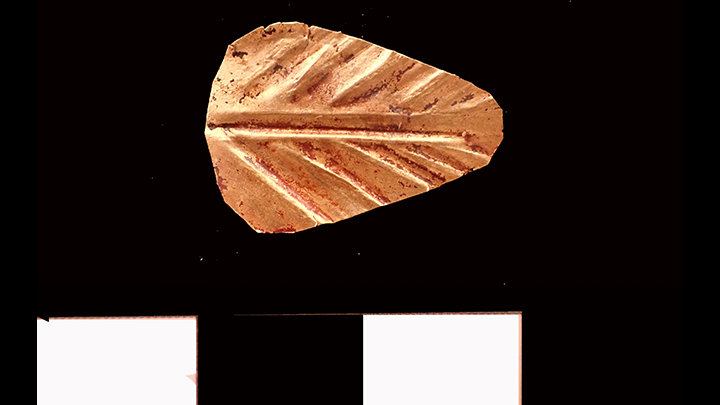
Figure 2.
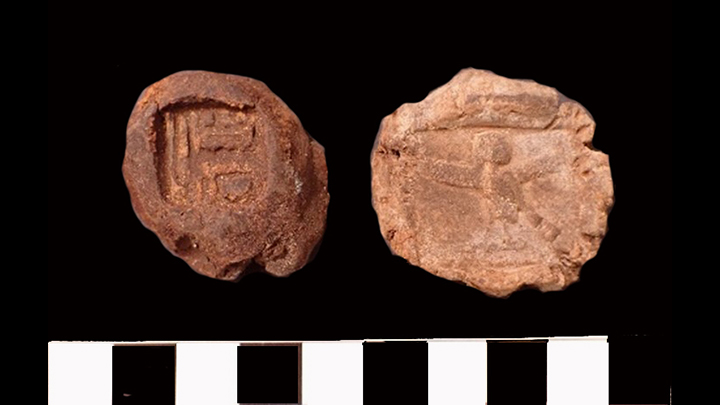
Figure 3.
